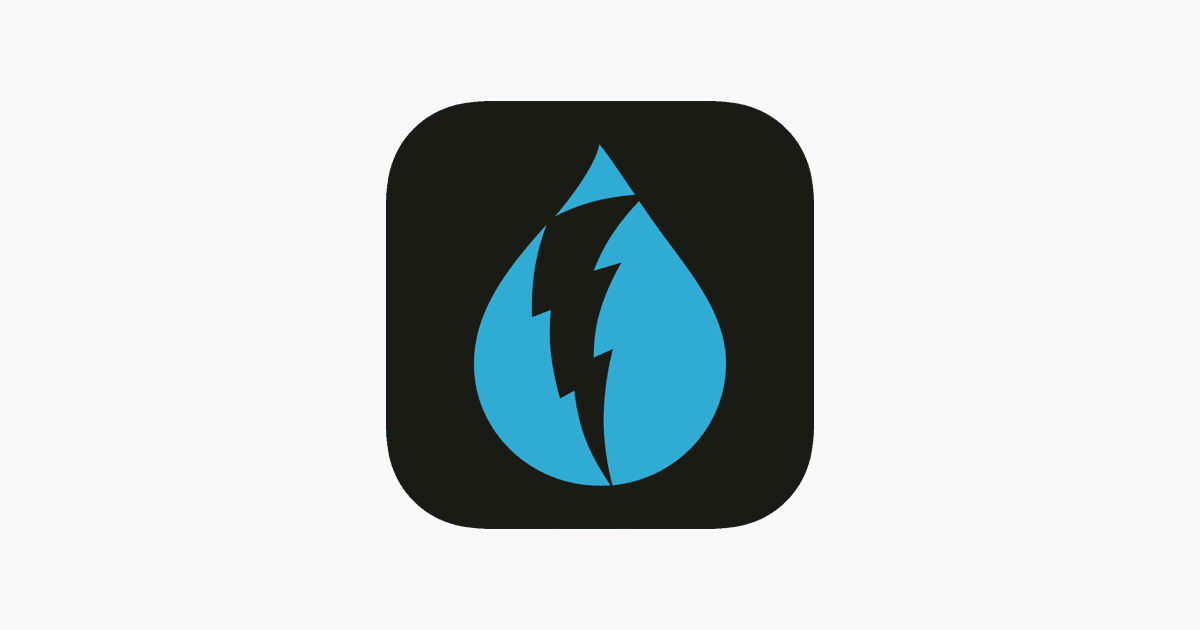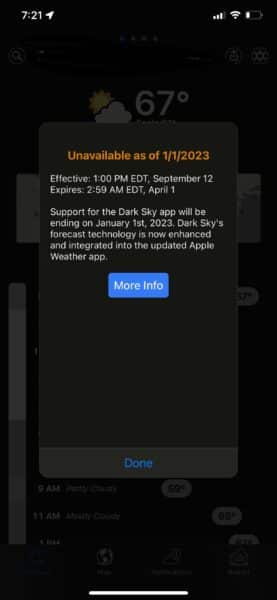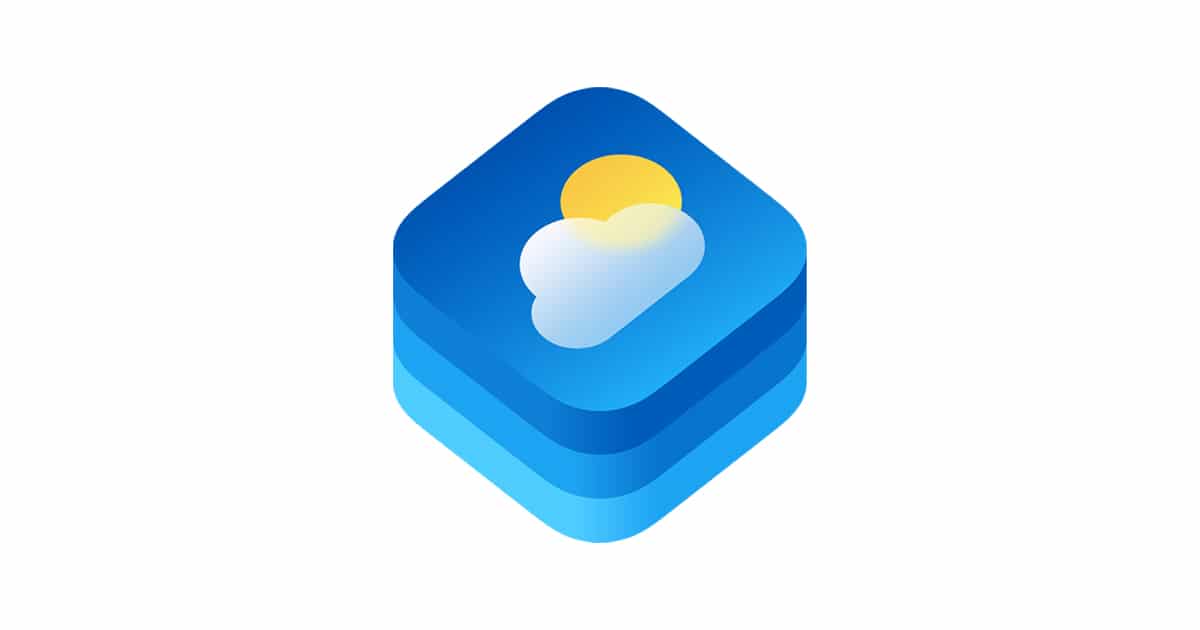In 2020, Apple acquired the popular weather forecasting app Dark Sky. Following the acquisition, the Android version of the app was shut down but the iOS version was still available on App Store. However, the Cupertino tech giant is now planning to shut down the app by the end of this year.

Dark Sky will no longer exist as a standalone iOS app by the end of this year
A significant number of iOS users took to Twitter to share a new pop-up they have been seeing telling the, that “support for the Dark Sky app will be ending on January 1st, 2023.”

Dark Sky Weather is a monthly subscription service that provides minute-by-minute weather coverage. The app offers beautiful weather animations, push notifications, widgets, and time machine features. Since Apple’s acquisition of the app, it has integrated a ton of Dark Sky’s elements into its native Weather app.
The tech giant had previously planned to shut down the Dark Sky app, website, and API at the end of last year. However, it delayed the shutdown for another year. It is more than likely that Apple’s plans will not change this time around.
In related news, Apple’s WeatherKit API, which is a replacement for the Dark Sky API, is finally available for developers. Apple announced the new API during the introduction of a native Weather app for iPads with iPadOS 16.
WeatherKit, together with the all-new Apple Weather service, provides apps and services with a wide range of valuable weather data that can help people stay up to date, safe, and prepared.

The exciting news here is that WeatherKit is not just an API for iOS apps, it can also be used by web and Android apps as it will support third parties. So, developers can use the API to add Apple-sourced information into Android apps – allowing some version of Dark Sky to live on for both Android and iOS. Here is the data developers will have access to via WeatherKit:
current weather conditions and 10-day hourly forecasts for temperature, precipitation, wind, UV Index, and more. Minute-by-minute precipitation for the next hour and severe weather alerts are available for select regions.
You can learn more about the pricing of Apple’s WeatherKit API here.